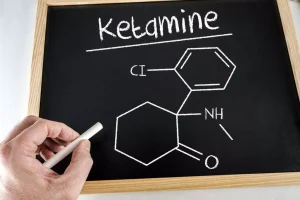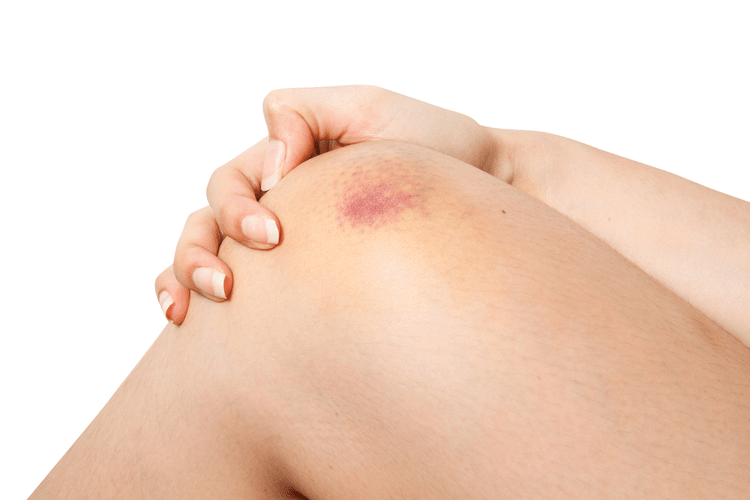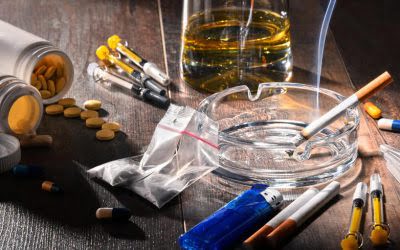
Common types of spiritual healing include chakra healing, crystal/herbal remedies, breathwork, reiki, traditional medicine (ayurveda, Chinese medicine), aromatherapy, meditation/visualization techniques, and so on. By revealing and soothing the wounds that other modalities (such as psychology or nutrition) fail to heal, a doorway is opened to deeper inner spiritual alchemy. In other words, spiritual healing can offer us the chance to grow and transform in a way that no other path can. However, not all approaches to spiritual healing are healthy.
Sobriety Calculator
Addiction is a spiritual disease because it represents an individual’s attempt to disconnect from reality and any sense of spirituality. Simply put, they feel a terrible loneliness at their very soul or center of being. However, this does not mean, necessarily, they’ve abandoned their faith. If you are seeking drug and alcohol related addiction rehab for marijuana addiction yourself or a loved one, the YourFirstStep.org hotline is a confidential and convenient solution. Information gathered in a spiritual assessment can be used to inform care by all healthcare team members and should be made available to all team members.
- Since the Divine is the source of our energy (our life force), when we are alienated from it, we experience numerous illnesses that manifest in endless forms.
- We will try to fill this god-sized hole with anything we can.
- The term “spiritual malady” does not mean that our “spirit” is sick.
- To overcome this condition, an individual must focus on spiritual growth and reconnecting with their spiritual beliefs.
- Furthermore, the lack of mindful, self-reflective practices can also trigger this condition.
Alcoholics Anonymous’ 12-Step Program
For example, one can engage in psychotherapies like what is spiritual malady cognitive-behavioral therapy (CBT) and dialectical behavior therapy (DBT). These therapies can get to the underlying emotional issues that often lead to that first drink or drug. One way to address the spirituality and healing in Glenwood Springs is to connect to all of the amazing natural surroundings that it has to offer.
thoughts on “The Big Book’s Answer to Relapse Prevention”
AA recommends waiting a year before entering into new personal relationships to focus on self-love and recovery. The 12 Steps of AA encourage improving one’s conscious contact with a higher power, specifically focusing on prayer and meditation in Step 11. By dedicating time to these spiritual practices, we can nurture our spiritual life and find the strength to overcome addiction. Relinquishing control to a higher power is a fundamental step in overcoming addiction. In the 12-Step Program, this surrender is crucial for acknowledging our inability to overcome addiction on our own. By surrendering our ego and self-will, we open ourselves to the guidance and support needed to navigate the recovery journey.

Spiritual Healing and Spiritual Awakening
Right now, on this inventory step, all we’re doing is identifying our part in any damaged relationships. We won’t actually act on this step until we get to Principle 6. For right now, just ask yourself who might be on your amends list. Spending time with God and reading His word is a big part of keeping our minds healthy and grounded in truth. If we make that a daily discipline we will never regret it. One of the teachings we’ve carried forward from AA is that those of us who struggle with compulsive behaviors or addictions suffer from “an allergy of the body and an obsession of the mind“.

Final Thoughts on Living the Spiritual Life and Recovery

The great psychiatrist Carl Jung called this a ‘low level thirst for wholeness – for union with God’. In our addictions, we tried to quench our soul-thirst with fleeting pleasures. The pursuit of them dominated our lives, destroyed relationships, and caused greater desperation than we ever thought possible. We became selfish and self-seeking, ever thirsting for more, and this lust warped us on every level. But we were never satisfied, because but the living presence of God can quench our parched souls.

Why is it so dangerous to be self-reliant when suffering from an addiction?
- For a while, that seemed to work for us but once we stopped using substances the discontentedness came back to the surface in sobriety.
- Research and genuine questions that give insight into the cultural and religious context of the patient are encouraged.
- However, let’s not throw the baby out with the bathwater just yet.
- One of the teachings we’ve carried forward from AA is that those of us who struggle with compulsive behaviors or addictions suffer from “an allergy of the body and an obsession of the mind“.
We use everything and everyone, even when we stop using alcohol and drugs to cope with thesefeelings of being unsatisfied and uncomfortable in life. The more we focus less on ourselves we allow a god of our understanding to enter our minds and work in our lives. As addicts we can become so focused on the outward form our addiction takes – whether that booze, drugs, sex, overeating, etc. – that we overlook its deep roots at the core of our being. Professional help is important for addressing spiritual malady and addiction because it provides comprehensive care that addresses both physical and spiritual dimensions, offering a structured path to recovery. The 12 Steps address spiritual malady by integrating a higher power, promoting spiritual awakening, and involving steps like moral inventory and admitting wrongs, which are crucial for spiritual healing.

Now, the inability to stop drinking or using is the allergy part. Someone who is allergic to shellfish will never be affected by it as long as they do not eat shellfish. Yes, the allergy” is still there, but one will never be affected as long as they never take that first drink or drug. This is where the concept of the spiritual malady comes in. In short, it’s the inner turmoil, restlessness, and disconnection that many people struggling with addiction experience. It’s the void we feel when we’re stuck in the alcohol trap.
I thank you for emphasising the importance of the individual in finding the right path, as not all guides are safe. They will purport to have the power to “heal” all your issues and provide you with the “one true path” towards enlightenment, illumination, self-realization, or Oneness. I believe that everyone in the spiritual community needs to understand that trying to “heal” is not always about healing. In fact, often, healing is used as an excuse to deny, suppress, disown, or reject what we’re going through. In other words, they are living in a lifeless, colorless world that lacks the joy and succulence that the soul brings. If, on the other hand, you have one issue, like an unshakable sense of grief from a lost relationship, seek out a healer who specializes in emotional healing.



























